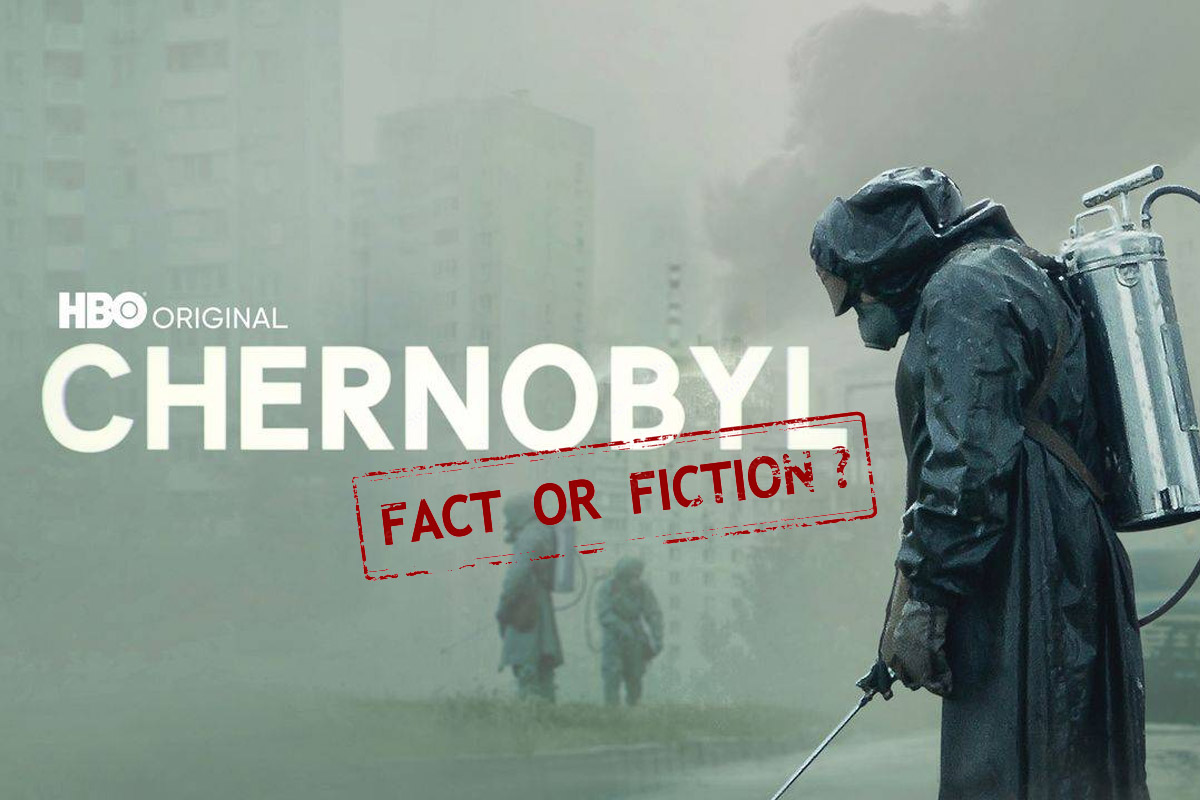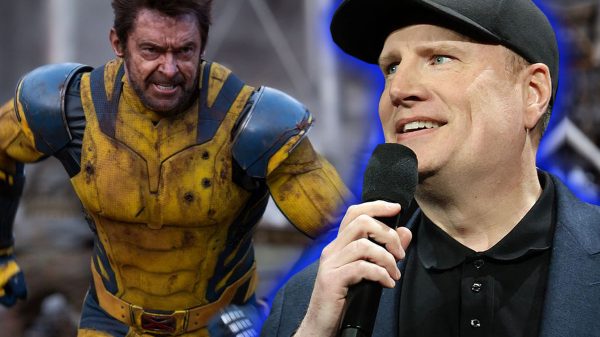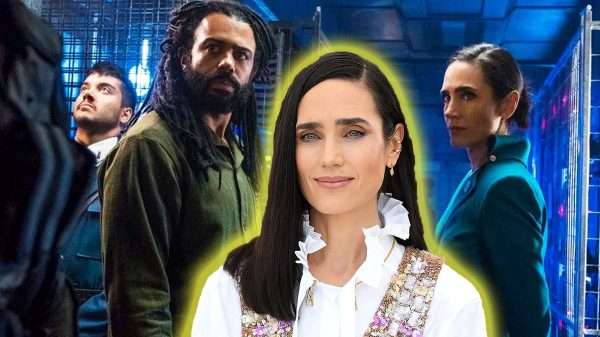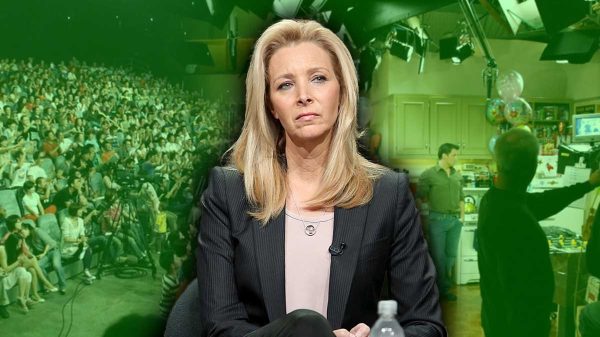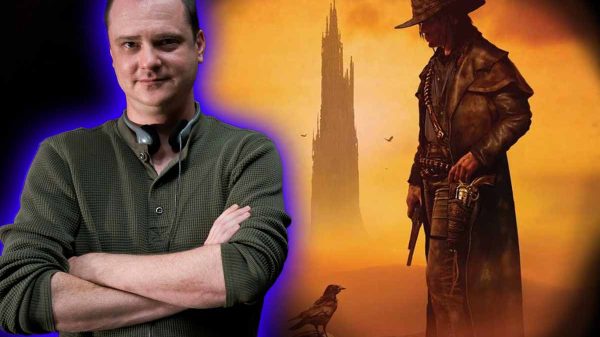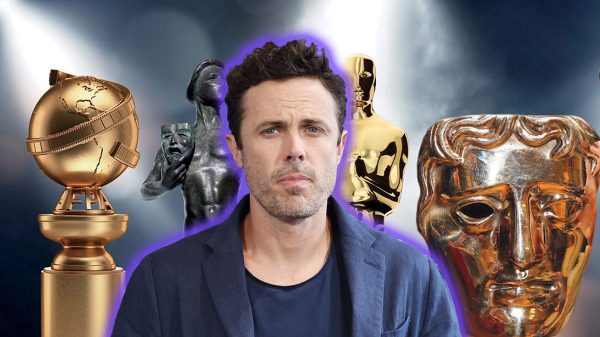HBO’s Chernobyl miniseries garnered widespread acclaim for its chilling portrayal of the catastrophic nuclear disaster that unfolded in 1986. While the series did an excellent job of capturing the harrowing atmosphere surrounding the event, it’s essential to recognize that some creative liberties were taken to enhance the drama. In this article, we’ll delve into five historical inaccuracies found in the miniseries to shed light on the real events that transpired during the Chernobyl disaster.
Radiation-Induced Bleeding
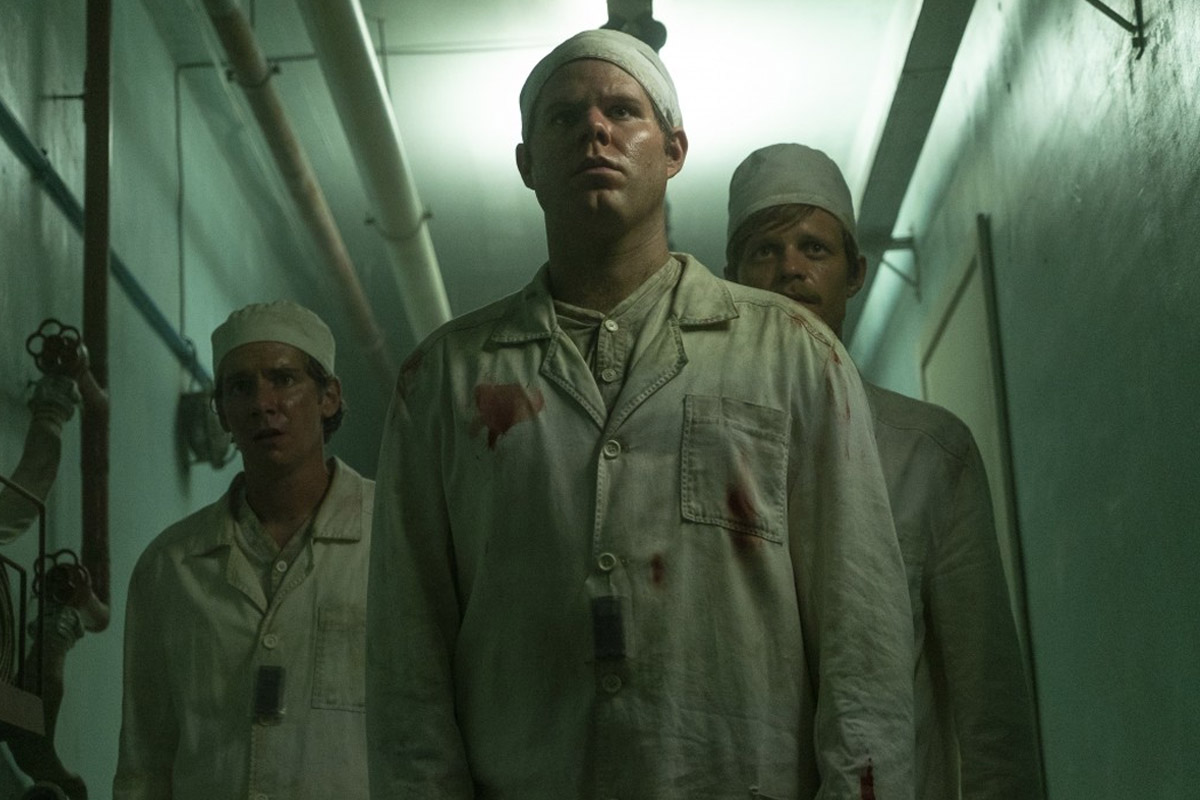
One particularly distressing scene in the miniseries shows Alexander Yuvchenko bleeding profusely after coming into contact with the reactor’s radiation. However, contrary to the series’ depiction, radiation does not cause spontaneous bleeding. Yuvchenko’s bleeding may have resulted from thermal burns, steam burns, or contact with the hot steel door. The portrayal of radiation-induced bleeding appears to be a dramatization that heightens the sense of horror, whereas the real-life consequences of radiation exposure included severe radiation burns on Yuvchenko’s body.
The Character Of Ulana Khomyuk
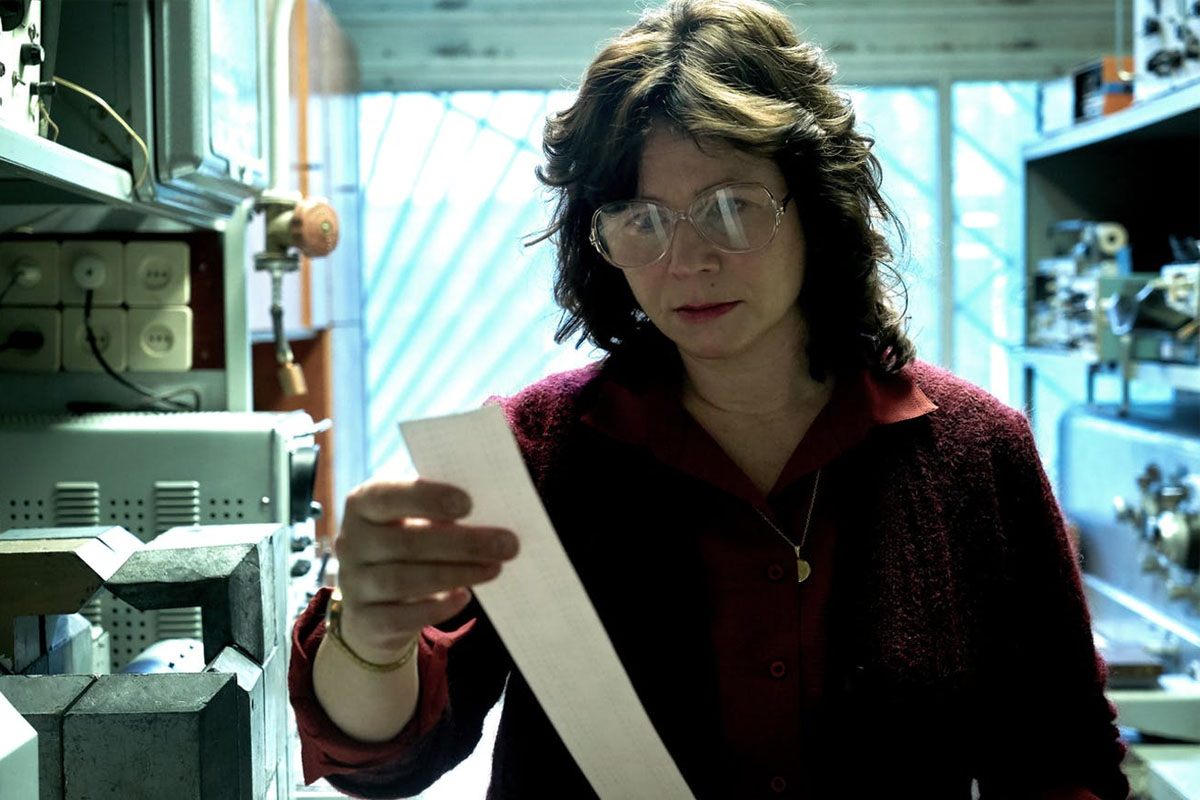
Emily Watson’s character, Ulana Khomyuk, plays a crucial role in the miniseries as a scientist assisting Valery Legasov in investigating the disaster. However, Khomyuk is a fictional character, created to represent the collective efforts of numerous scientists who worked alongside Legasov. The portrayal of Khomyuk’s actions in the series is far from accurate, as a Soviet scientist would not have traveled to Chernobyl uninvited or taken it upon themselves to investigate the accident. The real Legasov was aided by a multitude of scientists, many of whom faced similar repercussions for speaking out against the Soviet Union’s official account of events.
The Bridge Of Death
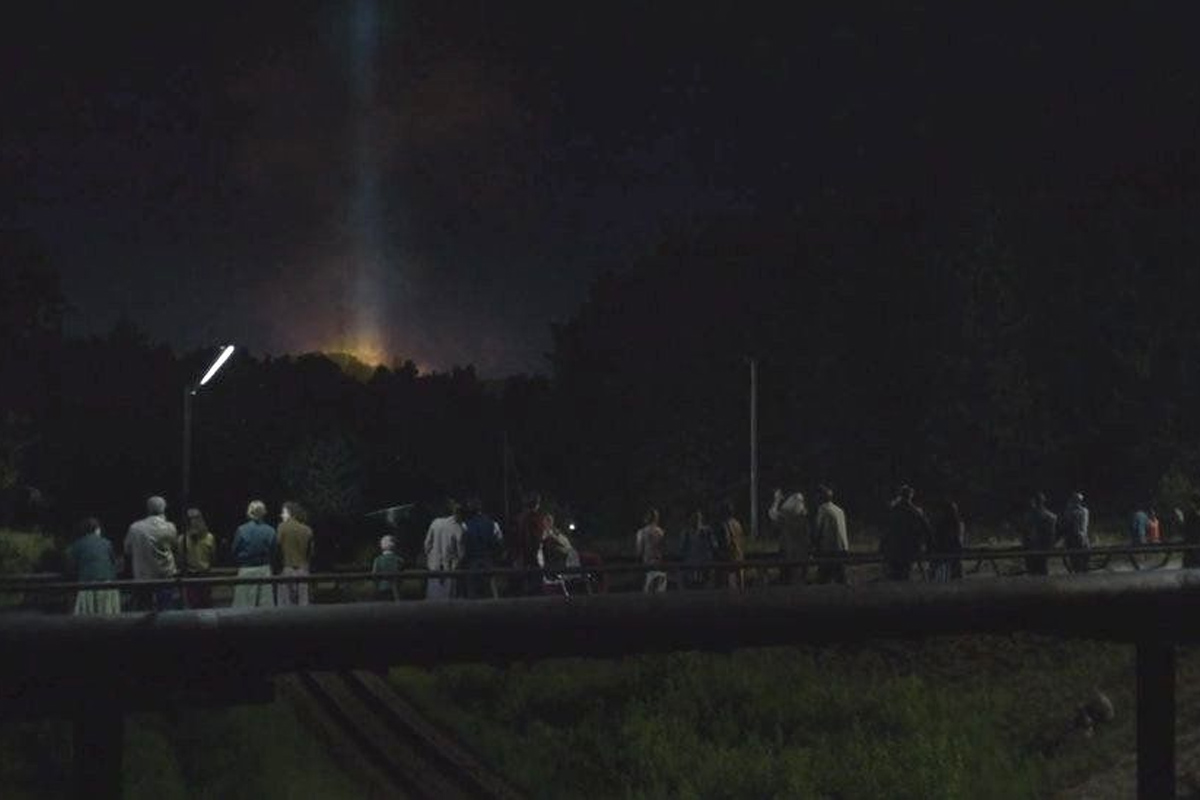
A haunting scene in the miniseries features Pripyat residents gathering on a railway bridge to watch the unfolding disaster, unknowingly exposing themselves to deadly levels of radiation. While it’s true that people did watch from the bridge, not everyone who did so perished from radiation poisoning, as the show suggests. The stories surrounding the so-called ‘Bridge of Death’ have since been debunked as urban legends, partly perpetuated by the curious tourist industry that has emerged within the Exclusion Zone. Survivor accounts from those who watched from the bridge offer different perspectives on the event.
The Helicopter Crash
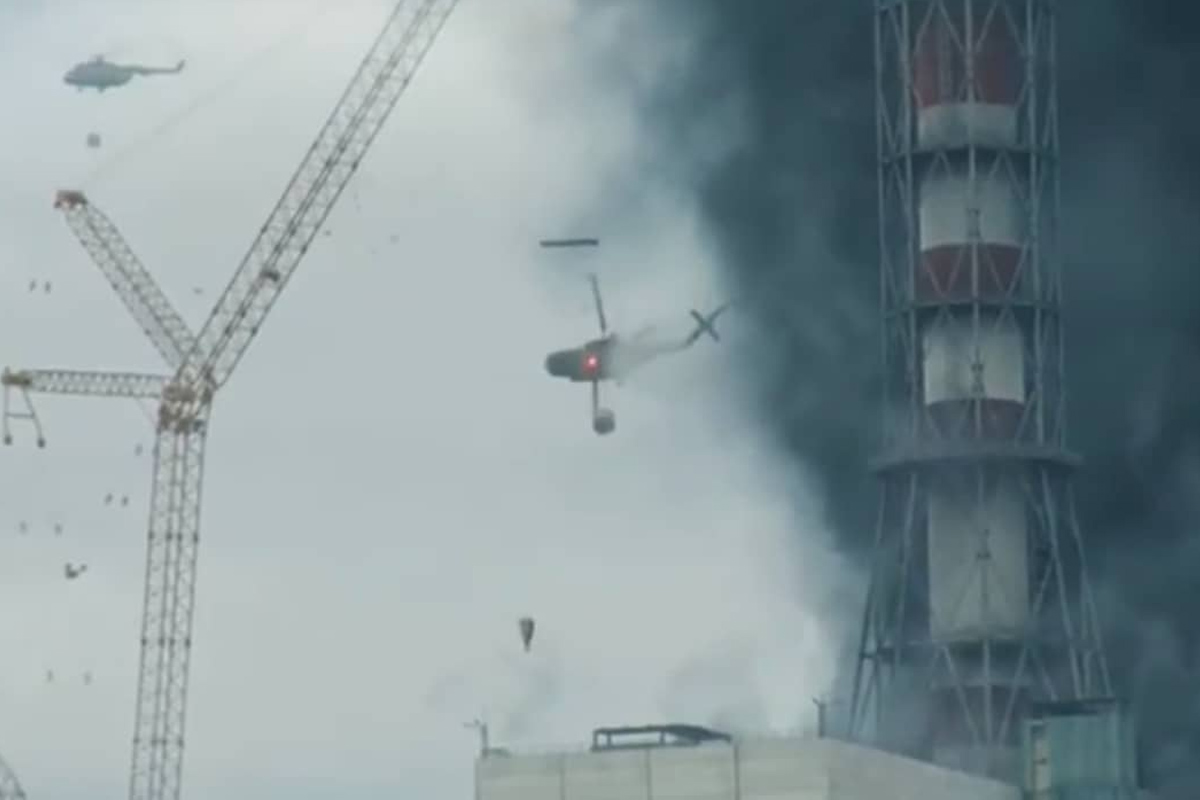
The miniseries includes a dramatic scene in which a helicopter crashes after flying over the reactor, seemingly due to radiation exposure. In reality, a helicopter did crash, but the circumstances were different. The actual crash took place five months after the explosion, and its cause was unrelated to radiation. The helicopter’s blades struck a chain hanging from a construction crane, leading to the accident. This portrayal in the series, while visually striking, misrepresents the actual events that occurred.
The Villainous Portrayal Of Anatoly Dyatlov
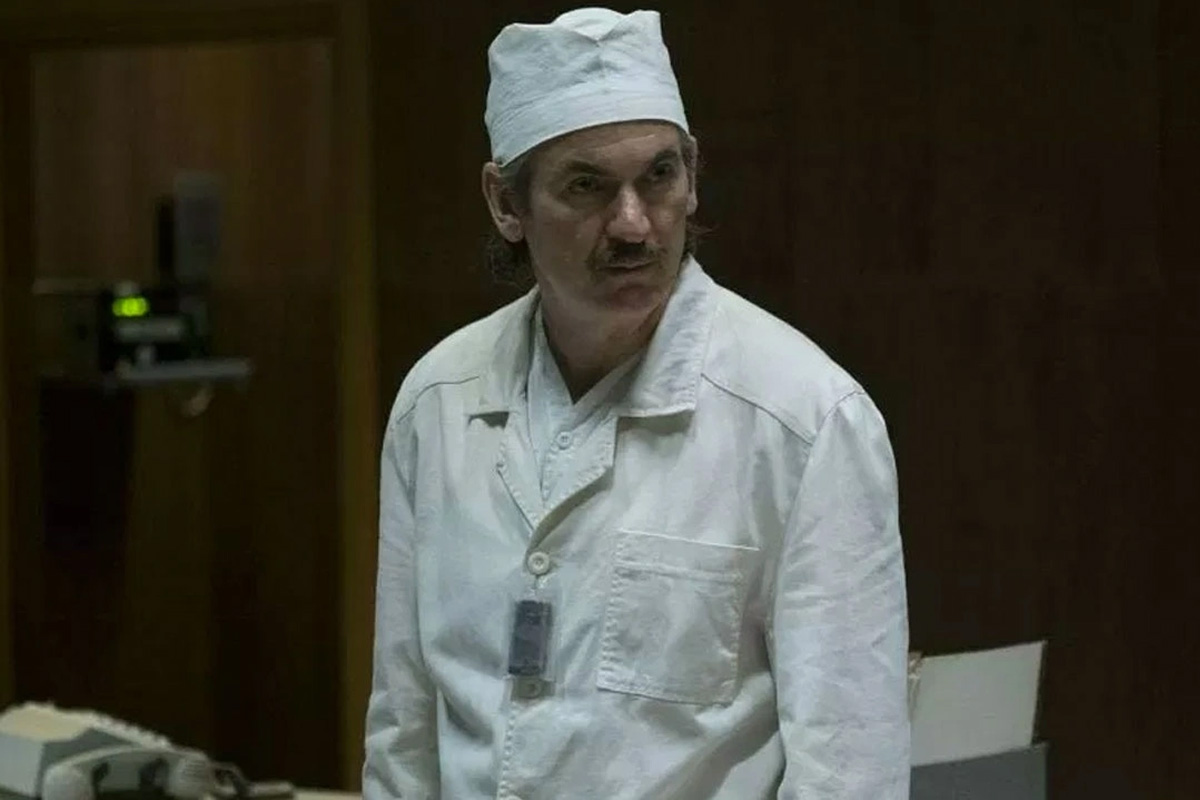
In the HBO miniseries, Chernobyl’s Deputy Chief Engineer Anatoly Dyatlov is depicted as a primary antagonist, with his actions and desire for a promotion leading to the disaster. However, the real Dyatlov was not solely responsible for the catastrophe. Former Chernobyl engineer Oleksiy Breus described the show’s portrayal of Dyatlov as a ‘blatant lie,‘ adding that he was a strict yet highly skilled professional. The Chernobyl disaster was not the result of one man’s ambition but stemmed from a failing political system that prioritized lies and deceit over public safety.
In revisiting these five historical inaccuracies found in HBO’s Chernobyl miniseries, it’s clear that while the show did a commendable job of bringing the harrowing events to life, some creative liberties were taken for dramatic effect. By examining the discrepancies between the miniseries and the actual events, we can gain a deeper understanding of the Chernobyl disaster and the complex circumstances that contributed to it. Ultimately, it’s crucial to remember that artistic representations, while powerful and engaging, should always be examined critically to separate fact from fiction.

